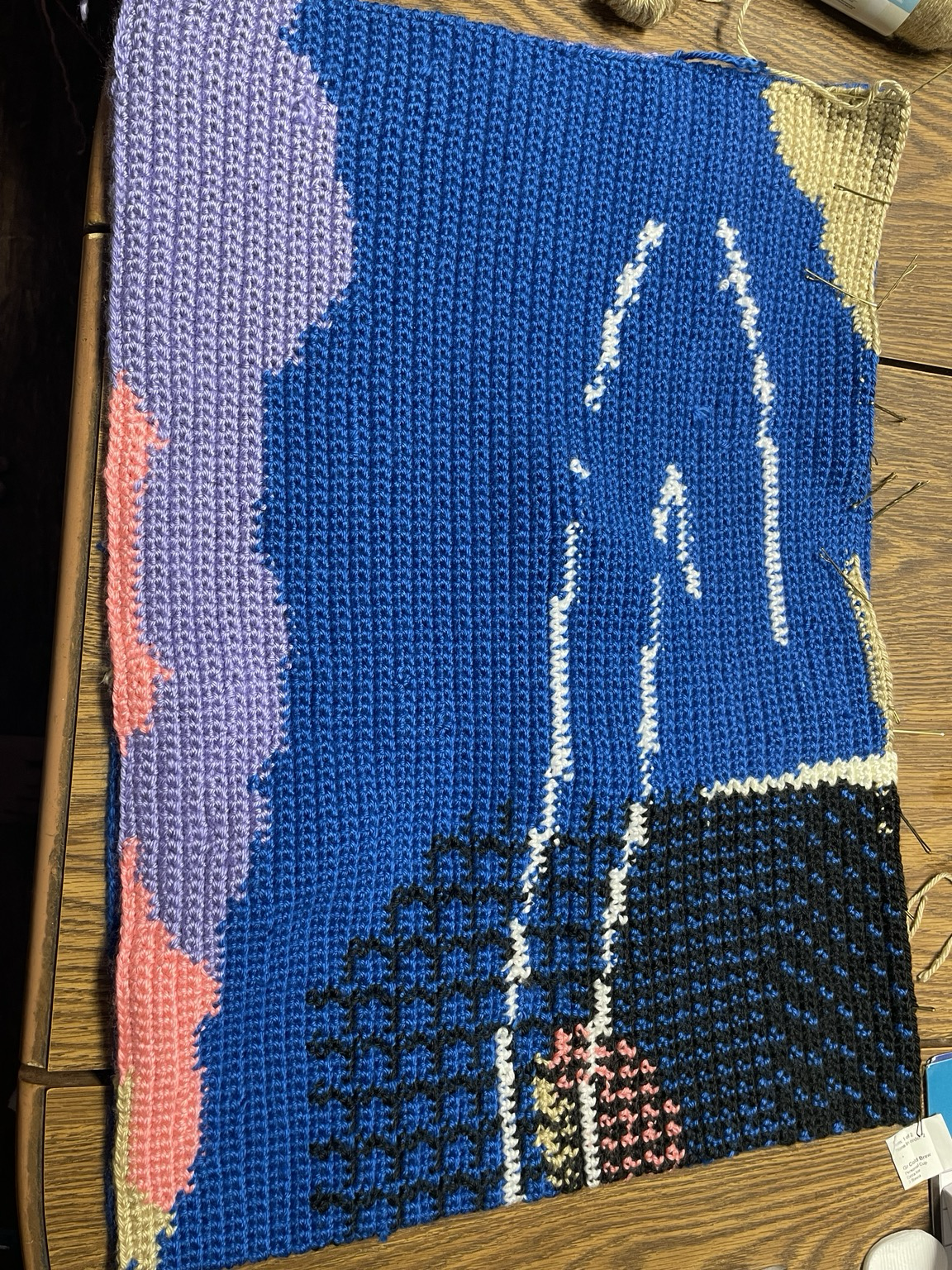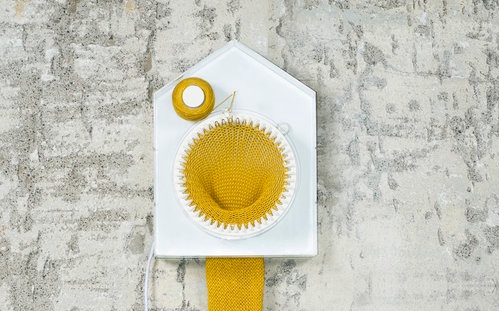I just had a knitting epiphany.
Needle size and yarn thickness are completely independent variables.
This should not have been a surprise, but I hadn't really thought about it.
My husband keeps complaining that knitted hats (even commercially knitted ones) aren't warm enough. It took a while for me to realize that he meant they felt drafty. And he's got a point. I just knitted a hat from a pattern and it's perfectly wearable, but the lost hat I was replacing was very dense and this one, not so much. The pattern called for worsted weight yarn on #7 needles at 22 st/4".
Now, I know that "lace" knitting happens by using thinner yarn and larger needles to get a very open structure. I just never really thought about the opposite. I had read at some point that a rule of thumb for selecting needle size was that the needle diameter should be close to twice the yarn thickness. Which makes sense. But, if I want a denser structure for a really warm item, could I just use smaller needles?
So, I used the leftover yarn from the last hat to do a swatch on #4 needles. And got 26 st/4". So, I knew that the needles size is the main determinant of gauge. But, I guess I just didn't think about all the implications of that. There's obviously got to be a lower limit. But this warrants further exploration. Because if I can get the same gauge with thicker yarn, that may solve the drafty hat problem.
#fiberarts #fiber-arts #knitting




 tout juste terminé au crochet pour un nouveau client 🙂
tout juste terminé au crochet pour un nouveau client 🙂
